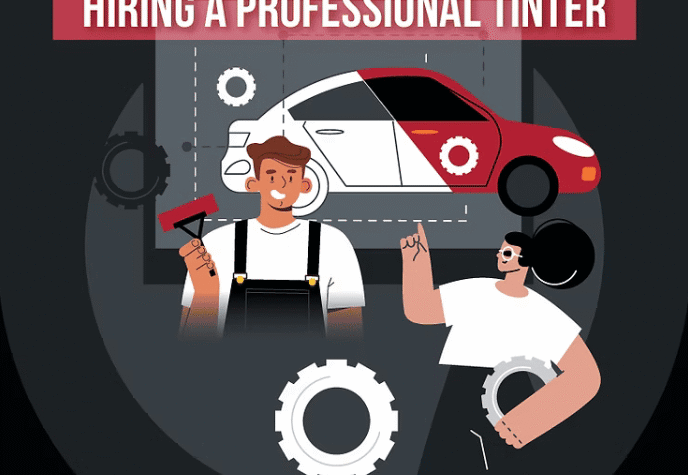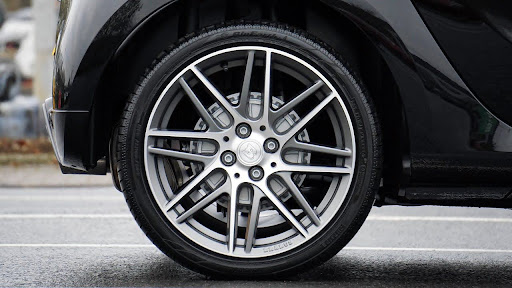
Introduction
“Disruptive” technology or trends are precisely what the word “disruptive” describes. Another term would be “revolutionary,” but that was hijacked by copywriters years ago when they started using it to describe a new tin opener. Way down the scale from the French and American revolutions which changed history.
A disruptive revolution in the automotive industry is being documented in the pages of Automotive Industries. Increasingly over the past few years we have been writing about connectivity, bit rates, LTE, antennae, processors and the like. There are few references to horsepower, torque and acceleration in combustion engines.
It reminds one of the angst that surrounded the buying of a personal computer in the 1980’s. One pored for hours over the specifications of the processor, RAM, the number of ports and the size of the hard drive. There was even a choice of operating system – either MS-DOS or the IBM PC-DOS. Today pretty much none of that matters unless you are a high-end user, or an Apple fan.
The same is true of cars. In today’s innercity traffic they all travel at the same speed, pretty much all have air conditioning, sound systems and comfortable seats. In other word, like the PC off the shelf in your nearest supermarket they do the job. Older drivers and passengers in the industrialized world will have a sense of déjà vu. They have to learn computer or information jargon once again. Their choice of vehicle is influenced by the connectivity it offers. Increasingly vehicles which do not have built-in Bluetooth to connect smartphones and other devices are becoming unsellable.
But, it goes much farther than that. The new generation of drivers (or the children us “older generation”) expect to be connected at all times. Their smartphones and tablets are integrated into the Internet, aka the World Wide Web. Car radios (remember them?) are expected to pick up streaming internet broadcasts.
AUTOMOTIVE INDUSTRIES and Rutgers, Dealers, OEMs, city and traffic officials also want to be able to communicate with the vehicles. It started with the ability to break into radio broadcasts in order to alert drivers to traffic jams or other problems. Now the communication is directly with the car. Vehicles are also talking to each other as we head with increasing speed it seems to a world of autonomous vehicles that can steer and drive themselves.
But, it would seem that this disruption has not made its way through to the marketing departments of many of the OEMs. Designers and engineers understand that the consumer of today is connected, and expects their cars to be connected. The first generations of connected cars are already in the showrooms and on the roads. What we are not seeing to the same extent is this connectivity being reflected in the marketing of the vehicles. Advertisements still focus on the driving experience, the style of the vehicle, and the number of cup holders.
We have cats, dogs and flashmobs making us feel warm and fuzzy about the launch of new 2014 models. The cars are filmed driving through image-laden streets (miraculously with no traffic), with carefully styled drivers at the wheel – when you can see them at all. As with all disruptive events there would seem to be a disconnect – this time between the connected technology that the OEMs and Tier suppliers are putting into the vehicles and the marketing message that is going to consumers. Millions of dollars are being invested in connectivity. Radios have morphed into entertainment systems with high-speed Internet connections and onboard GPS.
Touch screens are being replaced by voice commands. Control systems can be tweaked and updated while the car is on the road or parked – without the bother of having to go near a dealer. The bottom line is that the only reason this investment is being made is because the techies know it is what the customers want. A really disruptive marketing campaign would tell customers that Model X is the best connected in its class. In today’s commoditized world that is really all that would differentiate it from the competition. All cars drive nicely, are stylish and comfortable, and come equipped with consumption, emission and safety systems that meet the local standards












More Stories
Automotive Industries (AI) Newsletter April 2025
GlobalLogic Pioneering Software-Defined Vehicles, AI Innovation, and Sustainable Solutions for the Future of Automotive Mobility
Cybord TCI – The Future of Manufacturing Integrity